How Wide Are Metal Roof Panels?
November 16, 2024 | By Mike Gonet | Filed under: Blog
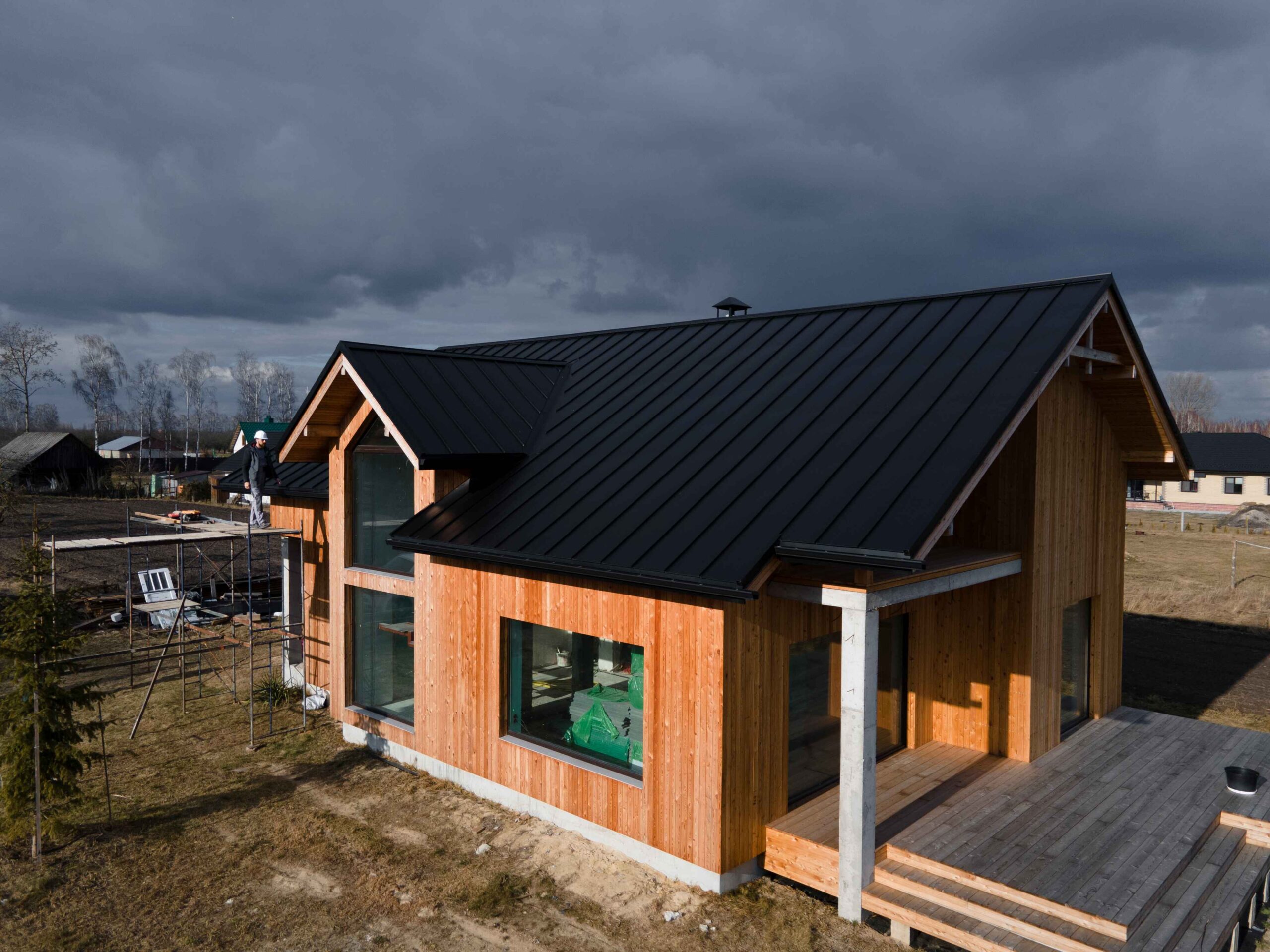
Metal roof panels come in various widths, typically ranging from 12 to 36 inches. These options influence both the structure and visual appeal of a roof. Narrower panels, such as those measuring 12 inches, are ideal for smaller structures or accents, while wider panels, like those ranging from 24 to 36 inches, are suited for large-scale roofing projects. The choice of panel width should consider factors like roof slope, weather conditions, and local building codes. As a top-rated metal roofing company, we understand the importance of selecting the right panel width to balance functionality and aesthetics. This guide explores how panel width impacts installation, design, and customization options.
Standard Widths of Metal Roof Panels
Metal roof panels are commonly available in 12 to 36 inches widths to cater to diverse roofing needs. Narrow panels, such as 12-inch widths, are often chosen for smaller structures or accent pieces, offering a refined appearance. Wider panels, such as those measuring 24 to 36 inches, are preferred for larger roofs, as they minimize seams, reducing potential water infiltration points.
Selecting the ideal panel width involves evaluating roof slopes, weather patterns, and local regulations. Additionally, the scale of the building and desired aesthetic outcomes are critical factors. Understanding these considerations ensures you select metal roof panels that enhance both the functionality and design of your roofing project.
Factors Influencing Panel Width Choice
Several factors influence the decision-making process for choosing the right width of metal roof panels. Here are some key aspects to consider:
- Architectural Style: Modern designs often benefit from wider panels for a sleek, contemporary look, while traditional buildings may use narrower panels for a more classic appearance.
- Climate and Weather: In areas with high winds or heavy snowfall, wider panels can offer greater durability and structural support.
- Installation Efficiency: Wider panels cover more surface area, reducing the number of seams and simplifying the installation process.
Understanding these factors helps ensure the chosen panel width aligns with the structural and aesthetic needs of the project.
Pros and Cons of Wide Panels
Wide metal roof panels, ranging from 36 to 48 inches, offer several advantages, including faster installation due to the larger surface area they cover and fewer seams, contributing to a streamlined appearance. These panels can enhance the roof’s modern aesthetic while also reducing installation time and labor costs.
However, wide panels have certain drawbacks. They are more susceptible to thermal expansion and contraction, which can lead to potential issues if not addressed during installation. Additionally, the size and weight of wide panels may necessitate specialized handling and transport equipment, increasing logistical challenges.
Installation Considerations for Panel Width
The width of metal roof panels plays a pivotal role in the installation process, affecting both the functionality and visual appeal of the finished roof. Here are essential considerations when working with panel widths:
- Proper Overlap: Ensuring adequate overlap between panels prevents water infiltration and enhances the roof’s overall durability.
- Alignment: Maintaining accurate alignment during installation is crucial for achieving a uniform and aesthetically pleasing surface.
- Fastening Methods: Secure fastening is essential for ensuring resistance to wind uplift and prolonging the lifespan of the roof.
Attention to these factors ensures the successful installation of metal roof panels, regardless of width.
Custom Width Options for Metal Panels
Custom width options for metal roof panels offer flexibility, allowing the design to meet specific project needs. Customization enables tailored solutions that align with the building’s architectural requirements.
Working closely with manufacturers or suppliers is crucial when exploring custom panel widths. They can provide expert guidance on available widths, material compatibility, and potential limitations. Profiles or styles chosen for the project may influence the range of custom widths available, so aligning the profile with the desired panel width is essential.
While custom widths may incur additional costs or extended lead times, they ensure precise fitting and seamless installations tailored to individual project requirements. Customizing panel widths allows for a finished product that meets both functional and aesthetic goals.
Other related posts:
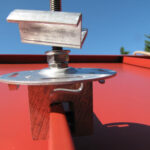
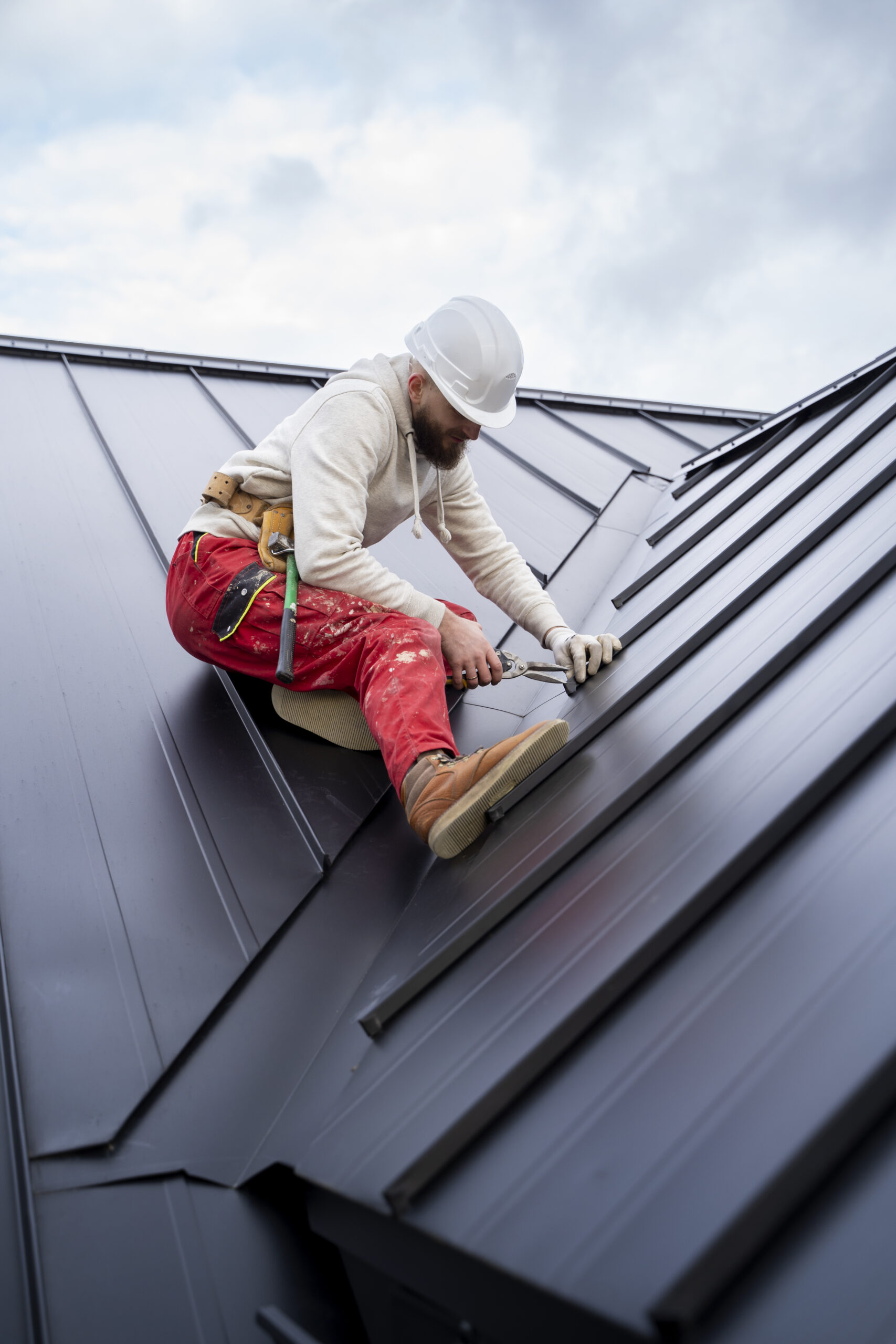

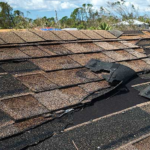
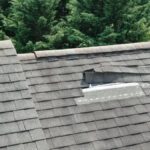

 How can I help you?
How can I help you?